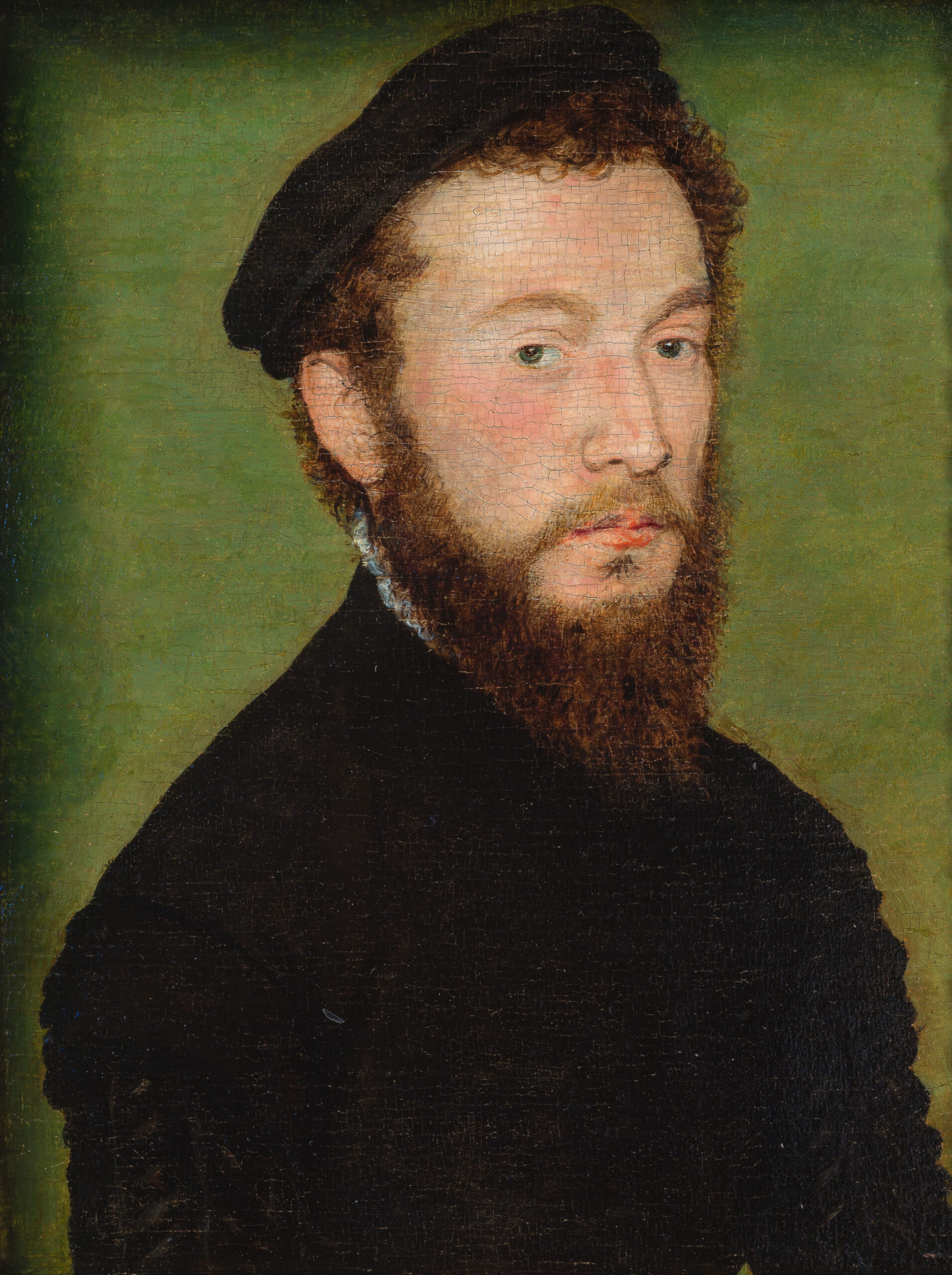
Corneille de Lyon
Biography
ContextCorneille de Lyon or de La Haye, owing to his Dutch origins, came to work in Paris before settling in Lyon, where there is evidence of his presence in 1533 as a portrait painter for the court of Queen Eleanor, followed by that of the Dauphin Henry II. Naturalised in 1547, he is mentioned as a painter and valet to King Henry II in 1551, then Charles IX. That same year, Giovanni Capelli, ambassador of the Republic of Venice, came to visit him. He came back with the impression that he had met “an excellent painter who, besides the beautiful paintings he showed us, took us round all the gentlemen and ladies of the French court, who were portrayed very naturally on many small panels”. Brantôme tells us that in June 1564, Corneille received the visit of Catherine de Medici in person. By continuously exhibiting effigies of the high and mighty of the day at his home, he responded to the popularity he enjoyed during his lifetime by producing a huge amount of work. In 1569, faced with the increasing persecution of the Huguenots, he converted along with his wife, daughter and servant. He was buried in the Jacobinic convent in Lyon in 1575.
He is known for a whole series of small half-length portraits, portraying the elegant court of the Valois using a precise and smooth technique, involving very fine layers of paint and worked with glaze. His personal style focuses on three-quarter or frontal views of delicate, contoured faces without shadows. The importance given to the head is such that it is sometimes slightly disproportionate to the torso. His effigies are characterised by their grace and elegance, their aristocratic politeness and a benevolent realism, as well as an acute sense of observation regarding the costumes, embroidery, headdresses and detailed Flemish-style jewellery. The pose is rigorous and static, the means austere, the expressions solemn and firm but the individual character is already epitomised by the precision and delicacy of the stroke and the correct rendering of the eyes in a constant attempt to portray the truth. The dark or neutral backgrounds animate the pallor of the faces with a subtle highlight that is accentuated by a rather cold range of colours. Following the arrival of the Clouets from Brussels, he introduced the Flemish technique and temperament in France by adopting the formula of the portrait of the face in itself, i.e. a psychological portrait that respects the truth, so characteristic of the time. By exulting the native qualities associated with the Parisian miniaturist tradition, Corneille de Lyon created and defined a unique Franco-Flemish genre that was able to meet the continuously growing and passionate demands of the court collectors who earned him his reputation.


